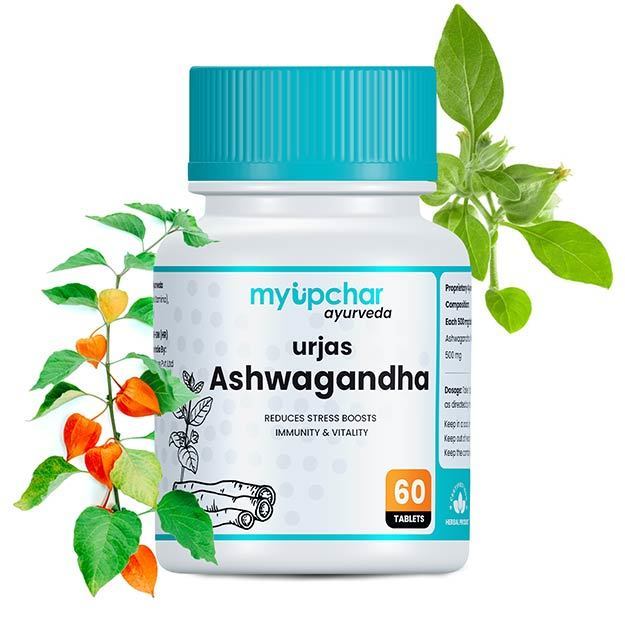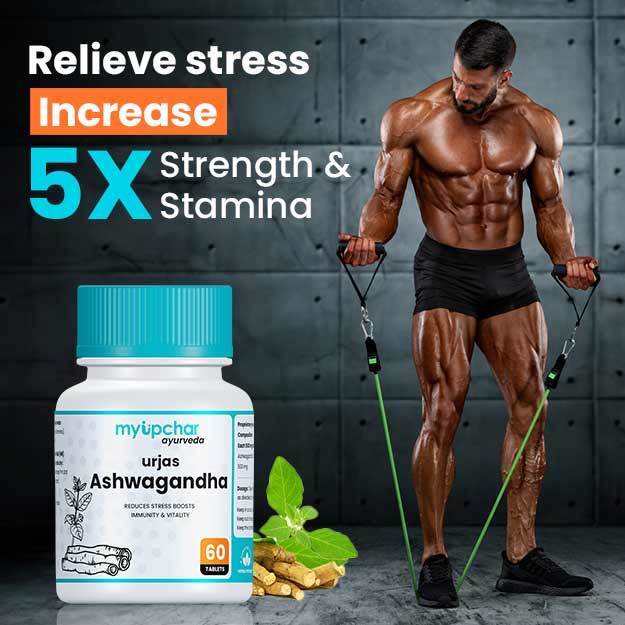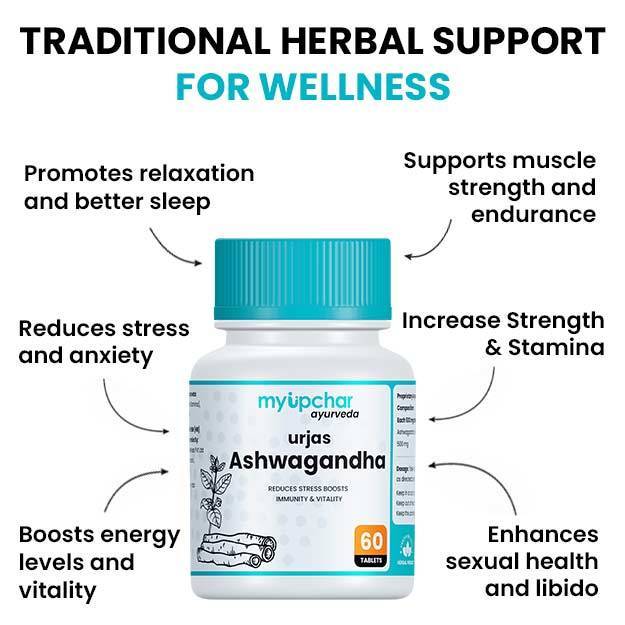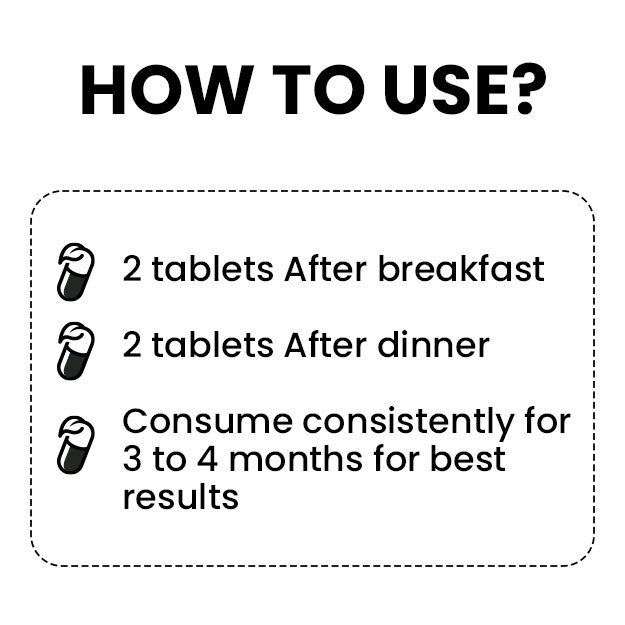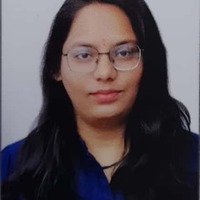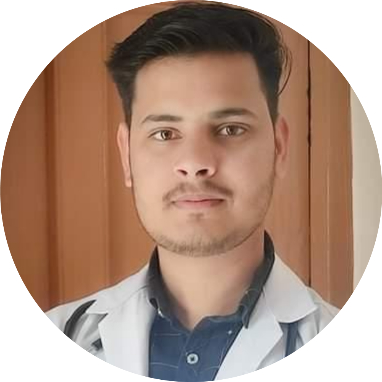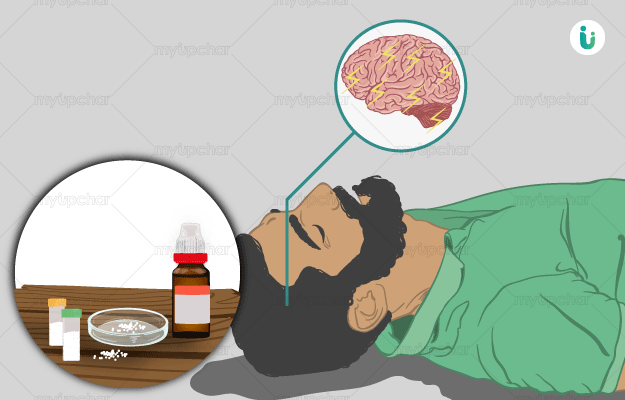Epilepsy is known as apasmara in Ayurveda. It is a nervous system disorder characterised by seizures, abnormal body movements, frothing from the mouth, blacking out of vision, temporary loss of memory and distortion in mental abilities. The underlying cause of epilepsy is vitiation of the tridoshas, in which vata is the predominant factor. Prompt diagnosis can help to decide a treatment modality suitable for your condition. Purva karma (preparatory treatments) of snehana (oleation) and swedana (sudation) is followed by the main panchakarma (five therapies), which include vamana (medical emesis), basti (enema), nasya (nasal insufflation) and virechana (purgation). These remove the vitiated doshas and make the body ready for further medication. Herbs that have medhya rasayana (brain tonic and rejuvenating) properties are of immense help in treating epilepsy. The commonly used herbs for the treatment of epilepsy include brahmi (water hyssop), ashwagandha (Indian ginseng), shatavari (hundred roots), jatamansi (musk root) and shankhapushpi (aloe weed). Compound formulations of these herbs are highly effective in controlling the condition. For effective treatment, it is best to have a prompt diagnosis, regular treatment and follow-up with an Ayurvedic practitioner. Most ayurvedic treatment modalities for epilepsy are clinically proven to be safe and efficacious.
New Year Bumper Sale @ Rs. 1
X

- हिं - हिंदी
- En - English
- Treatment
-
- Skin Issues
- Acne
- Fungal Infection
-
- Hair Problems
- Hair Growth
- Hair Dandruff
- Self-Analysis
-
- Chronic Diseases
- Diabetes
- Heart Care
- Weight Loss
- Sleep Support
- Liver Care
- Stress & Anxiety
- Our Brands
- Doctor Consultation
- Medicine A-Z
-
Health A-Z
-
- Treatments
- Home Remedies
- Herbs
- Surgery
- Lab Test
- Therapy
- First Aid
- Ayurveda
- Homeopathy
-
- Yoga And Fitness
- Fitness
- Yoga
- Weight Loss
- Weight Gain
-
- Other Topics
- Baby Names
- Beauty
- Healthy Foods
- Tips
- Health News
- Pet Health
- Men Health
- Medical Cannabis
- Login / Sign Up




